Hayat Al-Sharif (she/her) is a photojournalist from Yemen who strives to document the challenges faced by Yemeni women. Hayat’s series ‘The Impossible Fire’ captures the realities malnourished women and children face finding fuel for life’s basic needs in a country torn apart by civil war.
This article was first published in print in Journal 002 and released in December 2022.
That month Hayat, her husband Redhwan and their young sons fled Yemen. For years they’d been harassed and threatened because of their journalistic work. In January, the family was granted asylum in Stavanger, Norway. The City of Refuge welcomed Hayat as part of its ICORN residency where she continues her work to highlight the plight of women and children caught in the conflict.
It was March 2015 when the war in Yemen began.
Light disappeared and darkness came, touching every aspect of our lives.
It began with explosions everywhere. The sky and earth in Sana’a became a piece of hell.
Free movement of people stopped, electricity was cut off. Oil, gas, flour and many other necessities disappeared.
The conflict has changed everything as we knew it and for the past eight years, we have seen our society regressing into ancient times.
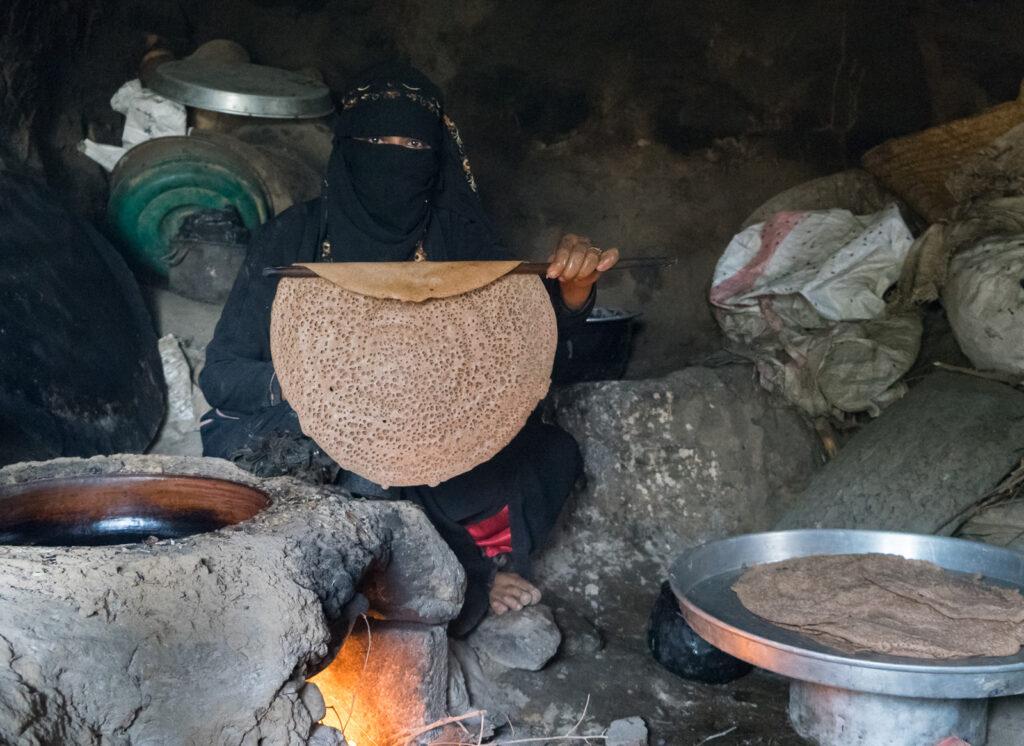
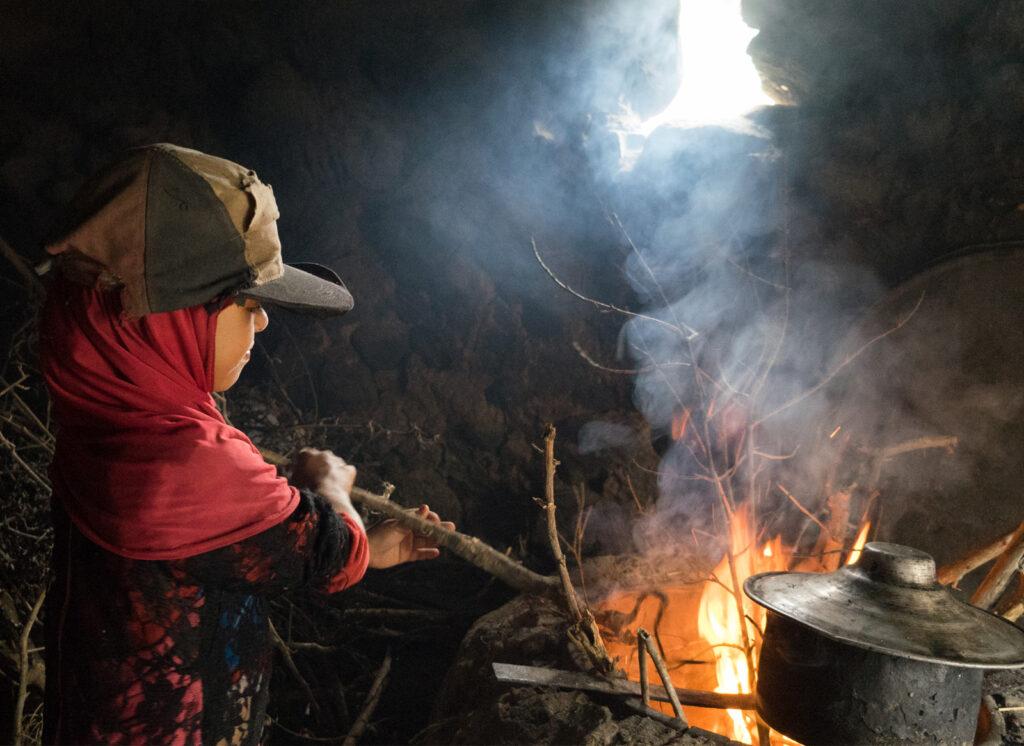
The war has had a particularly detrimental impact on the lives of women and children.
The new government that has been imposed on us does not believe in the ability of women to make decisions, work or even walk freely down the street.
They have been restricted to their homes and kitchens. Instead of work or education, their sole purpose is to help their families survive.
They collect firewood, plastic cans and cartons to light a fire, grind grains with rocks and fetch water to make bread. Their children, who were deprived of their rights and forced to work from a young age, also help.
The Impossible Fire sheds light on the story of the women’s struggle resulting from the loss of political, economic, social and cultural rights.
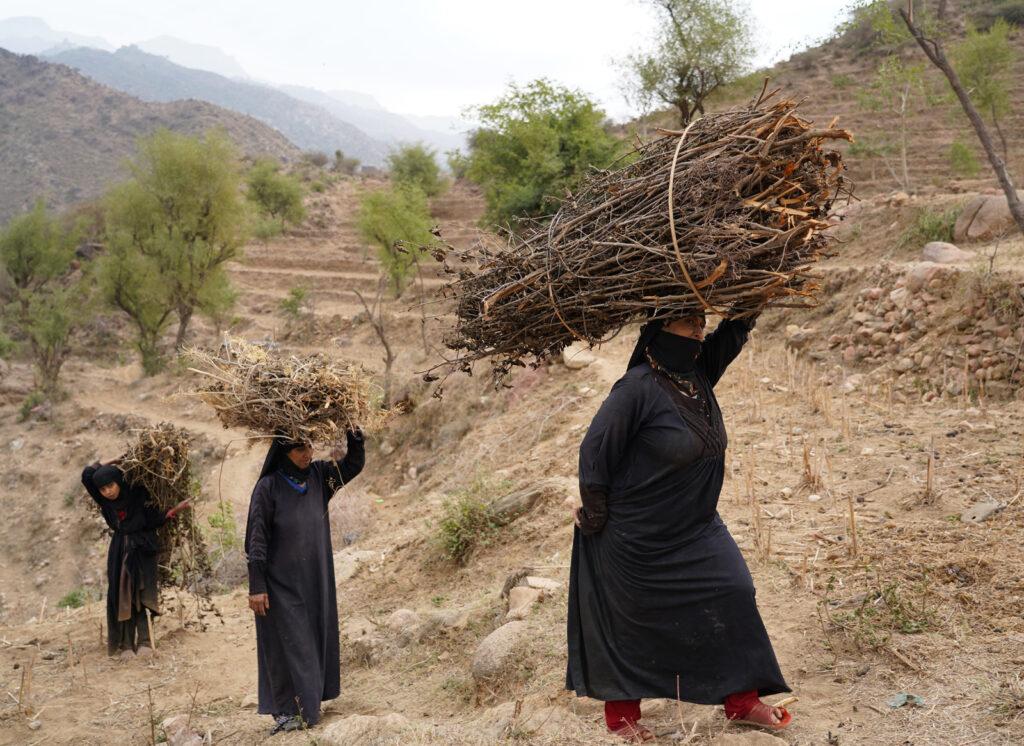
The series talks about the danger they face searching for firewood in steep and dangerous mountains. It illustrates how their life goals completely changed.
Most importantly, it highlights how the oppression made them lose their sense of self.
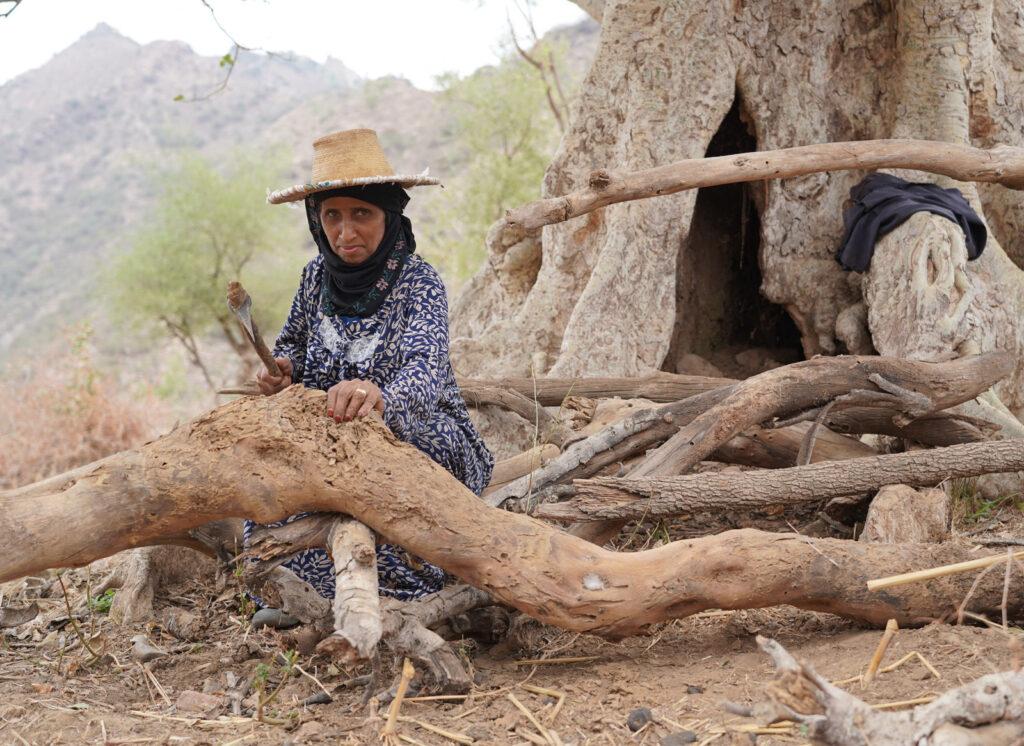
The absence of domestic gas has caused great suffering to Yemeni women in cities and villages.
Everyone is in the process of searching for alternatives to set fires to feed their children – except for the families and women of the Houthi. Gas comes to them constantly and they receive 20 litres per week. Recently after the opening of the port of Hodeidah the rest of the Yemenis, especially those who do not have a good relationship with Al-Houthi, get 13 litres every two months.
Now we are talking about an external siege represented by the Arab coalition and an internal siege represented by the authority of Sana’a.
The victim is the Yemeni women whom the Sana’a government is trying to occupy with difficult daily life so that she does not think about educating herself, working or participating in decision-making.
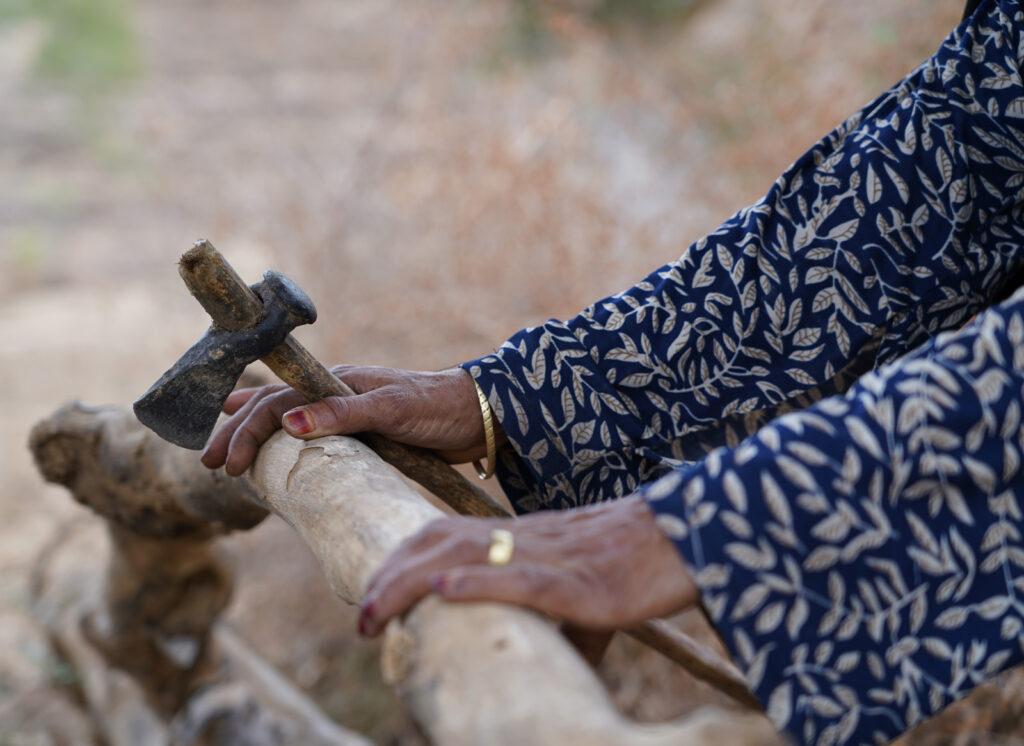
The difficulty is that the various conflicting forces in power prevent photography. They tell people that photographers collect information for the coalition and that photographers aim to publish pictures of women and insult Yemeni customs.
The difficulties are many here. Everyone carries weapons – you can not tell the difference between a civilian and a soldier.
People show hostility if you carry a camera and have the right to attack. Photographers aren’t protected by any laws or have any rights.
For women, the situation is worse.
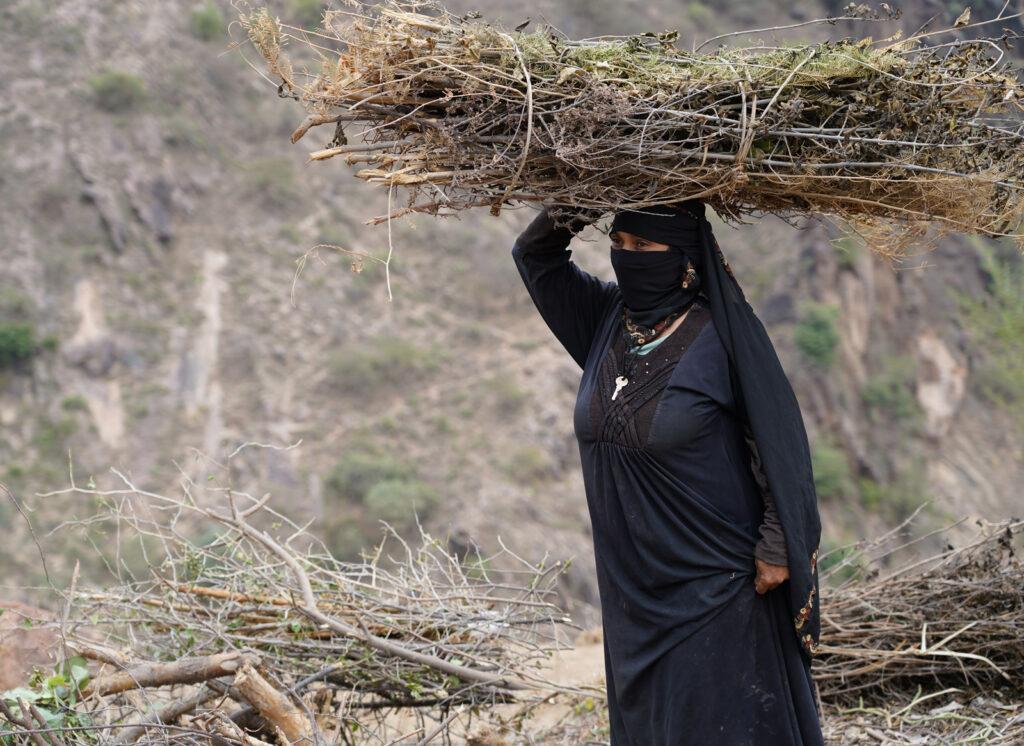
Yemen has become an unsafe environment for journalists and photographers. The authorities prevent women from working in international organisations. I face many difficulties in Yemen and I want to convey the message of Yemeni women and children who live in suffering because of the current situation.
It is difficult to move or work freely.
It’s prohibited to hold a camera in the street. People are terrified cameras since the authorities criminalised taking photos and much more besides. I really can’t mention everything in words because living in such times is distressing.
The pain I have is no more my own but for my people and country.
That is why it’s vital for me to keep going. For all my people and most importantly my two kids who I dream will have a better future.
I will fight with my writing and with all my strength.
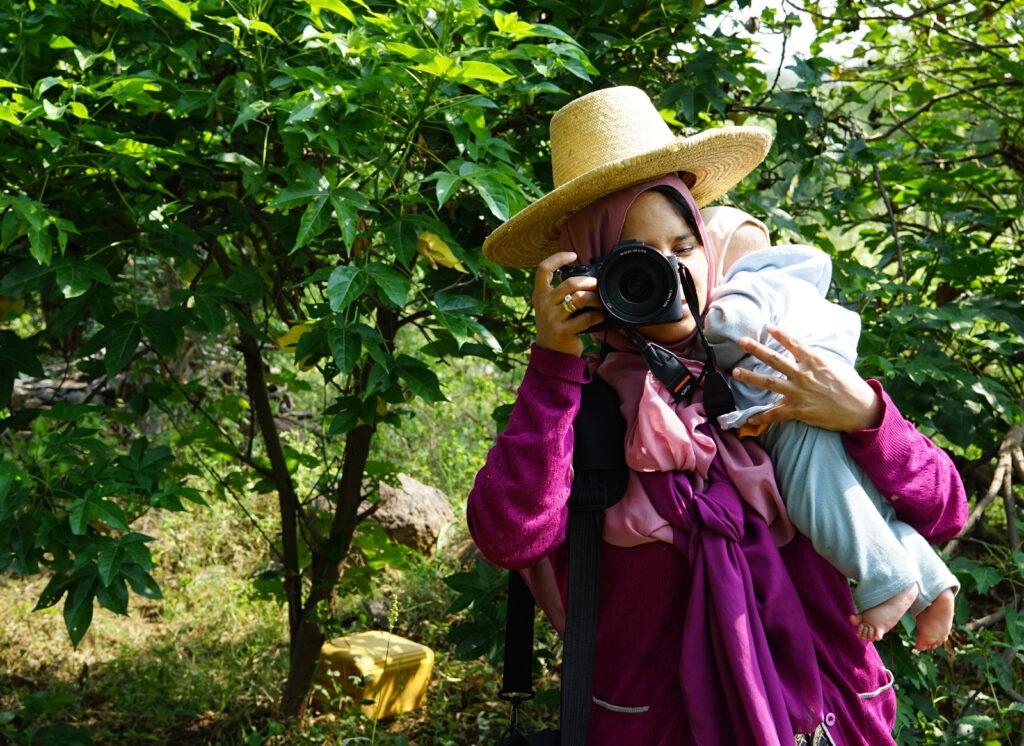
ADDENDUM
What is happening in Yemen is not only because of the Houthis. Conflicting parties, both local and international, have divided the country supported by other countries in terms of finance, politics, religions, weapons, and media coverage. Saudi Arabia and the United Arab Emirates are highly engaged with strong support from the USA.
The country has been imposed by a foreign proxy war: Sana’a and its environs are under the control of the Houthis. Marib and its environs are under the control of the legitimate government, the majority of which represents the Islah Party, with Saudi support. Taiz is divided between the Houthis and Tariq’s forces. The South is controlled by the forces of the UAE-backed Transitional Council. Divided into conflicting parts and each of these uses its power in order to destroy and bind the other.
As a result all citizens have become victims, especially the Yemeni woman. For example, if a woman tries to move between these different parts of Yemen, she will be exposed to various kinds of violence.
As a photographer, I moved between Yemeni cities in both the North and South, for example, Sana’a, Al-Mahweet, Hajjah, Taiz, Hadramout, and Aden. Those areas are under the rule of Houthis, the legitimate government, Saudi Arabia, UAE and separatist groups. I faced a lot of harassment, threats, prevention of photography, and attacks.
The situation in Yemen is very difficult and dangerous for everyone. All conflicting parties in Yemen have led to violations, injustice, marginaliSation, and taking away the rights of Yemenis – there is a large record of violations against artists, members of the media and activists.
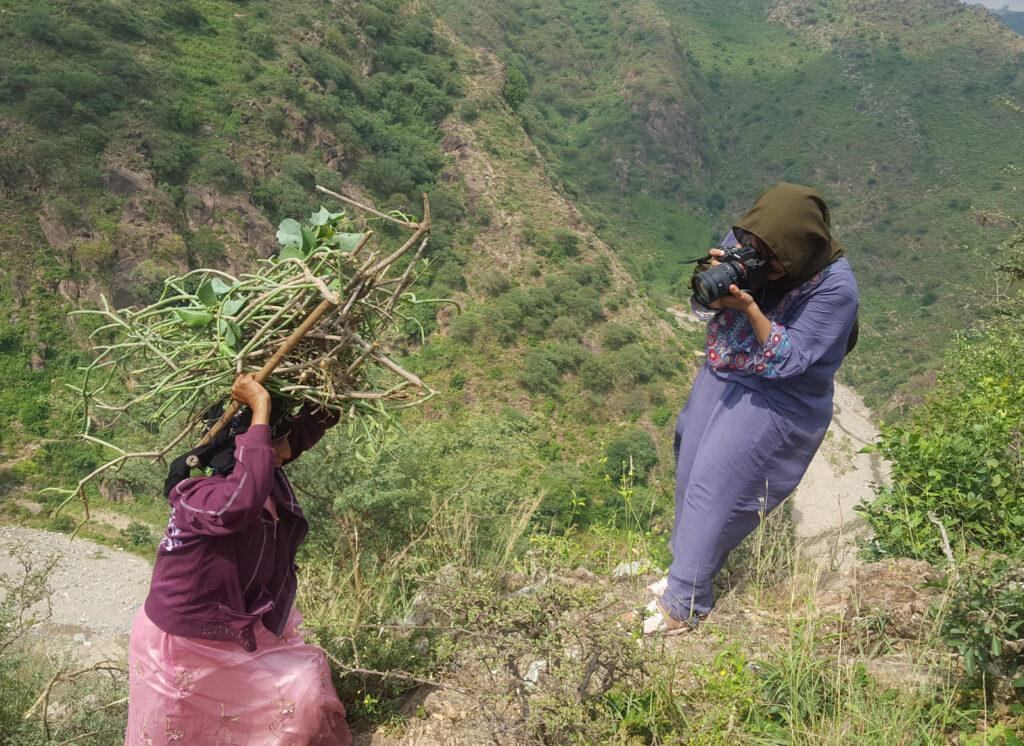
Follow Hayat: @hayat_alsharif




